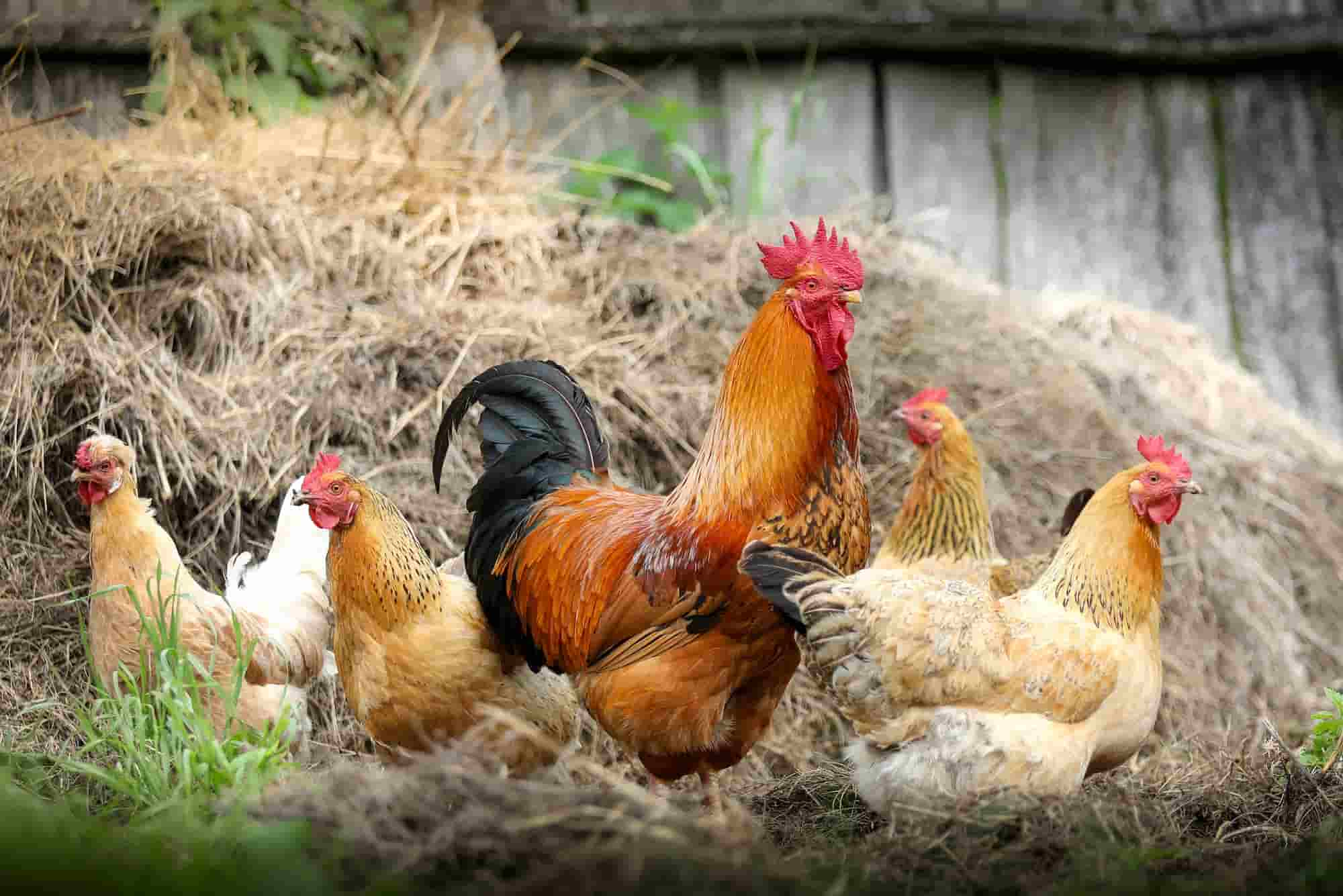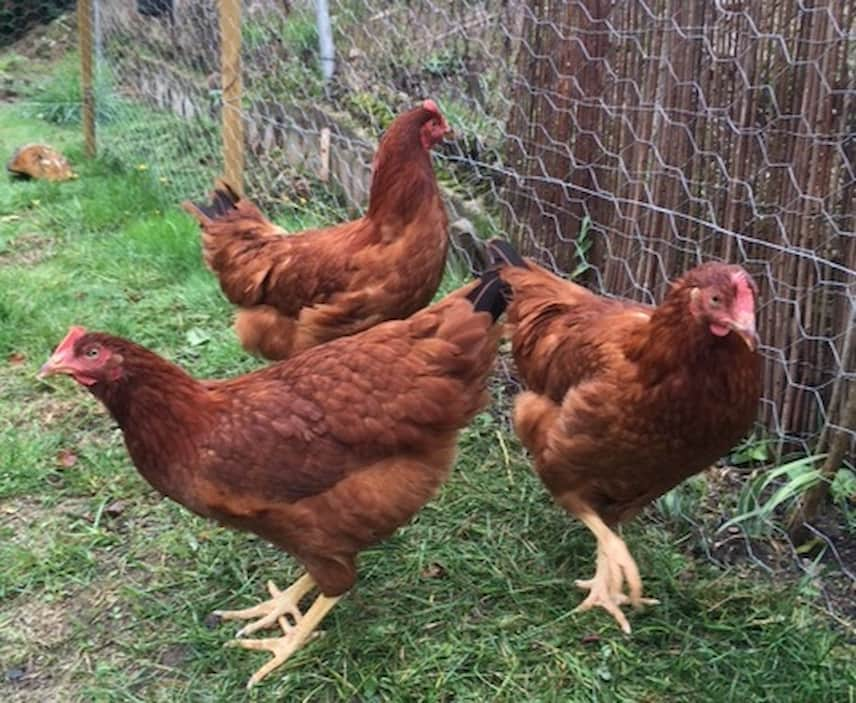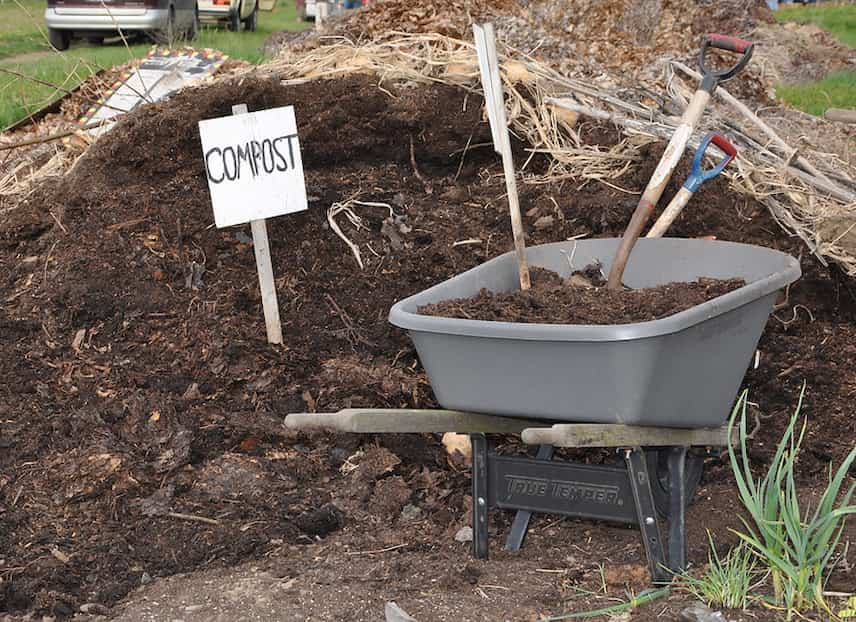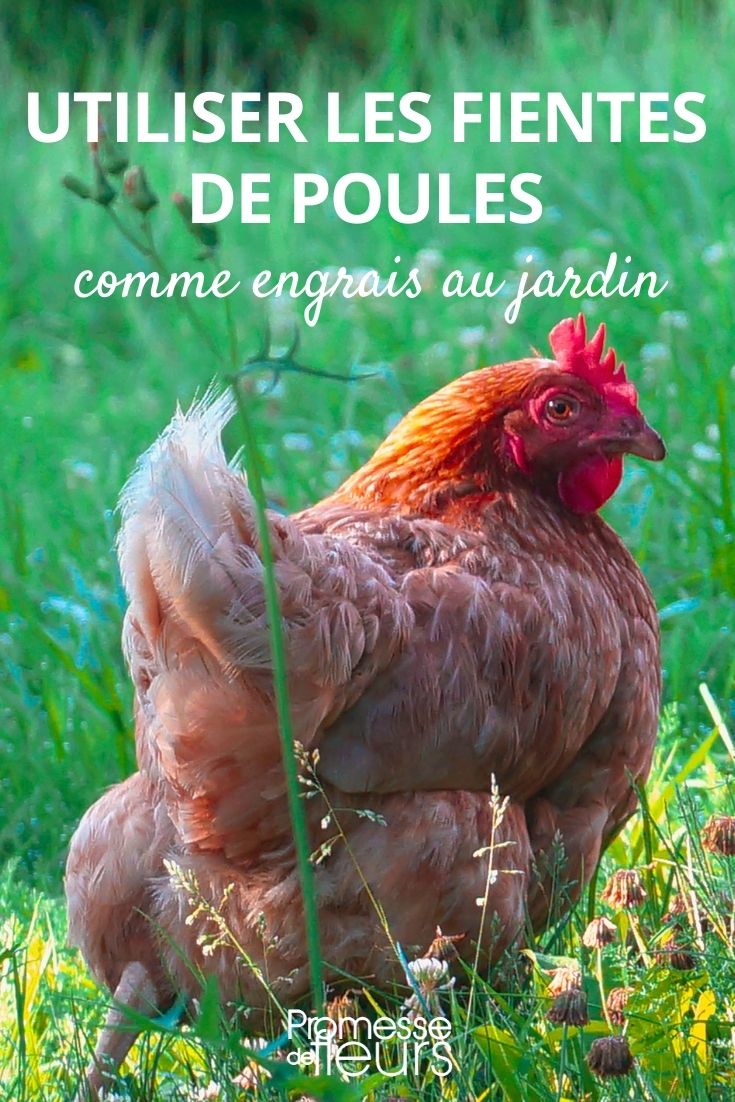
How to use chicken manure as fertiliser in the garden?
Don't throw away chicken droppings, rich in nitrogen, useful for plant growth.
Contents
You have a few hens that you care for lovingly. And they reward you with beautiful eggs. Among the important care you should provide, cleaning the henhouse and removing the hens’ droppings are essential to prevent diseases, unpleasant odours, and the spread of parasitic infestations. However, over the weeks, the hens’ droppings accumulate, sometimes mixed with straw. It is a shame to throw them away as these hen droppings are an excellent quality fertiliser for the vegetable garden, ornamental garden, or orchard. We explain why and how to use these nitrogen-rich hen droppings.
Chicken manure, an excellent fertiliser for plants
There is a real benefit to keeping chicken droppings as they are particularly rich in nutrients, essential for the proper development and growth of a plant, as well as trace elements. Chicken droppings are therefore considered an NPK fertiliser, meaning they are rich in nitrogen (N), phosphorus (P), and potassium (K). These three nutrients are found in significant quantities in your chickens’ droppings, particularly nitrogen, which contributes to the construction of the living matter of the plant. In fact, it is the richest animal waste in nitrogen of all.

In addition to these nutrients, chicken droppings are also a source of trace elements, namely calcium, sodium, sulphur, zinc, magnesium, copper, and iron, which help meet the needs of the most demanding plants.
>Thus, chicken droppings have a beneficial effect on soil quality, raising the pH and improving its structure.
To be used in moderation in the garden
Very good nitrogen fertiliser, chicken manure also has the advantage of being immediately available to plants. As a result, it quickly transforms into minerals. But beware of nitrogen overdosing, which can literally burn the roots. This is why chicken manure should be used sparingly, with full awareness, and never in its pure form.
However, once its use is mastered, chicken manure is recommended in the vegetable garden for leafy vegetables such as salads, spinach, cabbages… or root vegetables (carrots, potatoes…). However, it should never be used for legumes such as peas, beans, lentils, and broad beans, which have the ability to capture nitrogen from the air. It should also be avoided for fruiting vegetables (tomatoes, courgettes, aubergines…) which may develop more leaves at the expense of the fruits. You can also use chicken droppings as fertiliser for fruit trees, perennial plants, bushes, short grass meadows, and even potted plants.
How to use chicken droppings?
It is essential to reiterate: never incorporate pure chicken manure into the garden. Therefore, there are two solutions to make good use of it:
- Drying: once the chicken manure is collected from the henhouse, dry it in a moisture-free, ventilated area for a month and a half during the summer. Outside of this summer period, the manure should dry for a longer time, for example, throughout the winter. You can leave the straw. Once thoroughly dried, the manure is crushed to form a coarse powder (use a mask for this operation) which will be mixed with garden soil. Use one part manure powder to two parts soil.
- Composting: chicken manure should be mixed with carbon-rich waste such as dry leaves, grass clippings, and pruning waste. In your compost bin, alternate layers of manure and green waste. Water every 10 days and let it rest for 6 to 12 months without touching it, or between 4 and 6 months if you turn it regularly.

How to spread your chicken manure fertiliser?
The first tip for effective spreading lies in the frequency. It is better to make regular applications rather than a massive one-time application, which could be detrimental to the soil and plants. This application should ideally be made in autumn, from September to November, but you can also enrich your soil from February to April.
The spreading of this manure obtained from your chickens’ droppings should be done on the surface. If you have made a powder fertiliser consisting of dried chicken droppings and garden soil, scatter it on the surface without exceeding 500 g per m². Then, simply distribute your fertiliser using a rake or a cultivator to a depth of 5 cm.
As for compost, it can either be incorporated into the soil with a rake for very hungry vegetables like cabbages and leeks, or simply spread as mulch at the base of already established vegetable plants.
Avoid placing compost and dried droppings powder directly into the planting holes.
Did you know?
In the last century, chicken droppings used as manure were referred to as poulée, poulnée, poulenée, poulaitte, or pouline. At that time, these chicken droppings were incorporated into the manure heap that marked the entrance of farms.
During the moulting period, generally in autumn, hens lose their feathers. This is a completely natural phenomenon that can be beneficial. Indeed, like droppings, chicken feathers are rich in nitrogen. Simply collect them from the nesting boxes or corners of the henhouse and add them to the compost. You can also make feather juice by immersing two large handfuls of feathers packed in an old stocking, weighted down with a stone, in a bucket of rainwater. Let it steep in the shade until the water turns the colour of tea, which takes at least a month. Afterwards, you can water your plants with this concoction and add the feathers to the compost.
- Subscribe!
- Contents
































Comments